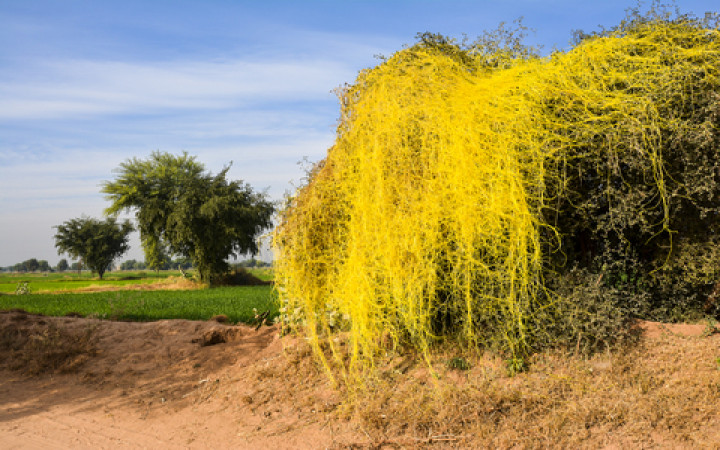Today’s Wonder of the Day was inspired by Oakley. Oakley Wonders, “why do some plants not need sunlight?” Thanks for WONDERing with us, Oakley!
You’ve probably learned about photosynthesis in school. It’s the process where most plants use sunlight in their cells to create their own food. But wait. Most plants? Does that mean some plants don’t use sunlight to make fuel for their growth? That’s right! Let’s learn together today about why some plants don’t need the sun to live.
A parasite is an organism that uses another to survive. Some examples include ticks, fleas, hookworms, and vampire bats! Those parasites all take food from hosts for their energy. Many parasites live on the outside of their hosts. Others live inside the body of the supporting organism.
Those that live on the outside of the other species rarely cause disease. These are called ectoparasites. They normally don’t kill their host. The catch is that some of them spread and carry diseases. Some can cause long-term damage and death. Think about mosquitoes. They may leave just an itchy bite, or they may give victims a disease!
Endoparasites live inside their hosts. Sometimes they are so small they live within cells. Bacteria and viruses are common types of these parasites. Pinworms and tapeworms also live inside hosts but are much larger.
What do parasites have to do with plants? You guessed it—plants can be parasites, too! Some plants use other plants as sources of food and energy. Parasitic plants are ones that may not use the sun to live. We estimate that 1% of flowering plants are parasites.
There are two types of parasitic plants. Partially parasitic plants like mistletoe pull water and food from other plants. They also use some photosynthesis to support themselves. They have leaves and some green color. Mistletoe and similar plants use haustoria to live off other organisms.
Haustoria are specialized structures. These are like roots or stems. Parasites use them to penetrate hosts. Once inside, the haustoria work with the host to redirect water and nutrients.
Holoparasites have very little or no chlorophyll. They cannot conduct photosynthesis to fuel themselves. These plants might appear strange. Some, like the ghost plant, have no color. Others, like beech drops, may require very specific conditions to grow. While all parasites flower, some have either tiny or no leaves.
Dodder is a holoparasite that can spread easily and live off of a variety of other plants. It is so widespread that it has become a danger to some food crops. Many parasitic plants do minor damage to their hosts. Dodder can kill its host.
One very special parasitic plant is the corpse flower. We also know it as giant padma or corpse lily. This plant grows inside a certain vine’s stems in Sumatra and Indonesia. It emerges from the stems when it is time to bloom. The corpse flower is the largest flower in the world, weighing up to 15 pounds! When open, the flower emits a smell like rotten meat. The scent attracts insects that will help pollinate it.
Have you ever been outside and seen one of these unusual plant parasites? What role do you think parasites and their hosts play in the environment?
Standards: CCRA.R.1, CCRA.R.2, CCRA.R.4, CCRA.R.5, CCRA.R.8, CCRA.R.10, CCRA.L.3, CCRA.L.4, CCRA.L.5, CCRA.L.6, CCRA.W.3, LS1.A




